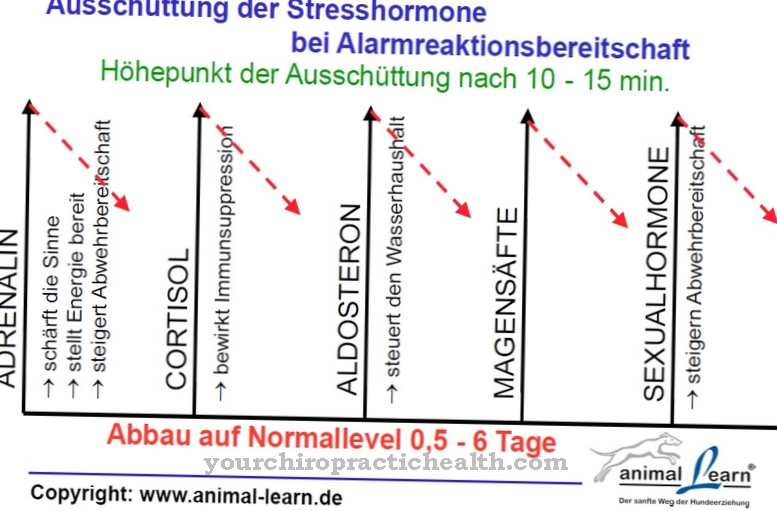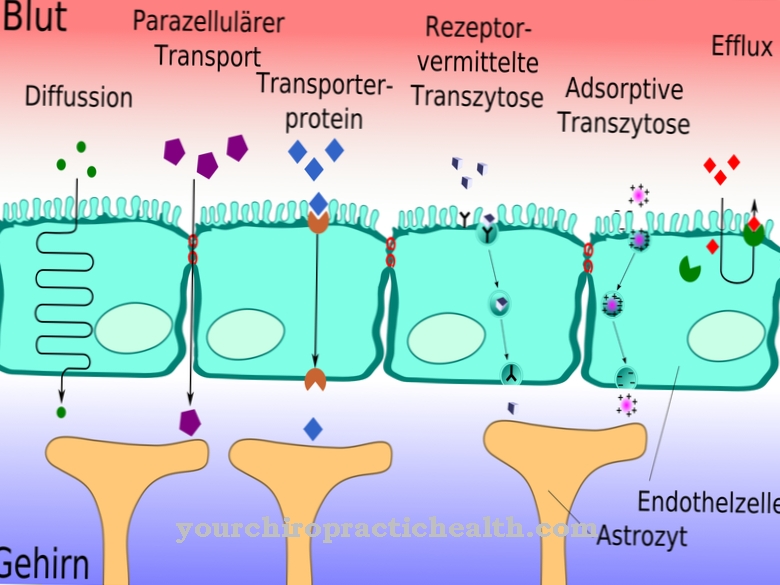Anyone who has gallstones and repeatedly suffers from painful colic is well advised to have the gallbladder removed. It is the only way to remove gallstones in the long term and prevent them from re-forming.
What is the cholecystectomy?

Cholecystectomy is the surgical removal of the gallbladder via a laparoscopy. A cholecystectomy is always indicated when gallstones cause discomfort and recurrent colic.
It can be performed in two different ways, both of which are performed under general anesthesia: the open cholecystectomy with an abdominal incision and the laparoscopic cholecystectomy, in which special laparoscopic instruments are inserted through tiny incisions. Most bile removals today are performed laparoscopically because they are gentler on the patient. They are now routine procedures and the risk of complications is low.
Function, effect & goals
The gallbladder is a storage organ for the bile that is formed in the liver. With heavy and high-fat meals, bile is passed through the bile ducts into the intestines for digestion. Since it is primarily a storage organ for the bile formed in the liver, the body can do without it and many patients hardly feel any restrictions after a cholecystectomy.
Complete removal of the gallbladder is the only safe way to prevent stone formation again. After the operation, the liver takes over. Removal of the gallbladder is always mandatory for the following complaints:
- for gallstones that block the bile ducts and cause bile congestion
- in fistulas between the bile and the gastrointestinal tract
- if the gallbladder is perforated (due to an accident, etc.)
- for tumors in the gallbladder or bile ducts
Gallstones are only operated on if they cause symptoms such as colic and threaten complications. A cholecystectomy is nowadays performed as a standard laparoscopic operation via a laparoscopy. As with all surgical procedures in minimally invasive keyhole surgery, special surgical instruments are introduced into the abdominal cavity via 3 to 4 tiny skin incisions and operated under the view of a camera, which transmits the images to a monitor during the operation.
The abdomen is inflated with carbon dioxide for better visibility and mobility of the instruments. The bile duct and the supplying artery are then clamped off, the gall bladder is removed from the biliary bed and removed from the body in a recovery bag via one of the accesses. The advantages are that only tiny, barely visible scars occur and a shorter stay in the clinic. Newer laparoscopic procedures use the single-port technique, in which the operation is only carried out via an access at the navel.
Sometimes it may be necessary to switch from laparoscopic to conventional cholecystectomy during the operation if there is a risk of injuries to organs or adjacent tissue with the laparoscopic instruments.
In traditional open surgery, an incision is made under the right costal arch to open the surgical site. Then the supplying artery and the bile duct are clamped off and the gallbladder removed. In order to reduce the risk of infection, a wound drainage is usually placed and an antibiotic is administered before the operation. Thrombosis prevention only takes place when necessary. Most patients can leave the hospital after 3 to 5 days. The disadvantage of conventional gallbladder removal is the larger scar and the somewhat longer hospital stay.
Risks, side effects & dangers
In general, the surgical removal of the gallbladder is a standardized routine procedure and does not involve any particular risks, unless problems arise from unfavorable physical conditions such as adhesions in the operating area.
Complications can arise if adjacent tissue or other organs are injured during the operation. This can lead to leaks in the biliary tract to other organs and into the abdominal cavity, which must be treated. After biliary surgery, wound healing disorders can occur because of existing inflammation. If an operation is performed as part of a laparoscopy and the gallbladder is accidentally opened, peritonitis can develop, which in the worst case can be fatal.
Scars on the bile ducts can cause constrictions with biliary congestion, which can cause jaundice and liver damage. Sometimes stones remain in the bile ducts or, in rare cases, new stones form in them. In addition, it can lead to bleeding and bleeding as well as pain and nerve injuries with sensory disturbances. If gallstones remain in the bile ducts after the operation, they must be removed endoscopically as part of an ERCP.
These risks and complications only occur in the rarest of cases. Since the gallbladder only serves as a storage organ for the bile that is formed in the liver, the body can do without it. Shortly after the operation, patients can eat normally again and most of them have little or no restrictions after a gallbladder removal if they do not regularly eat high-fat meals.
Some foods, such as coffee, dairy products, and very fatty or sweet foods, can cause diarrhea. Here it helps to pay attention to the triggers and to eat or drink less of them accordingly. As a rule, no further therapy is required.The fat metabolism can be supported with artichoke supplements if necessary.






.jpg)

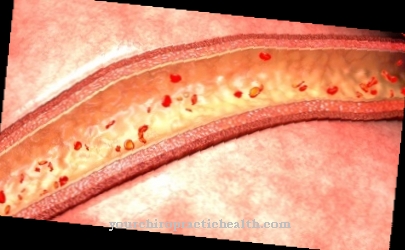
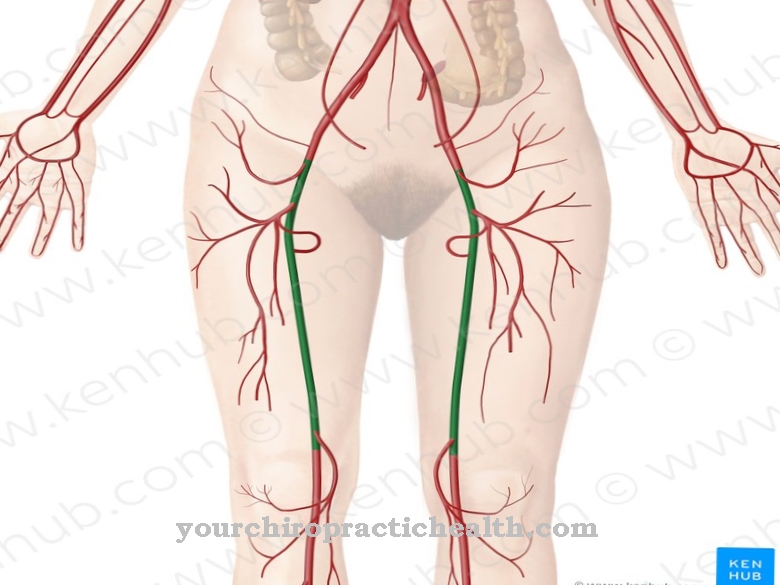


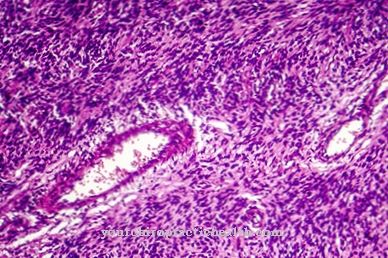
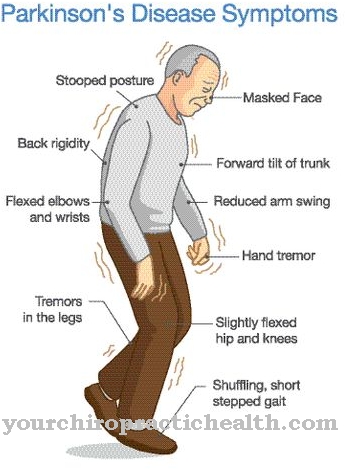
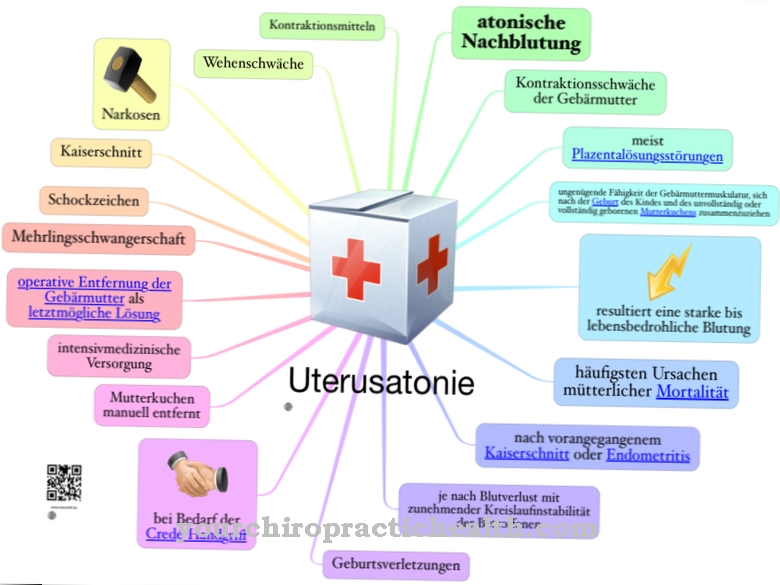

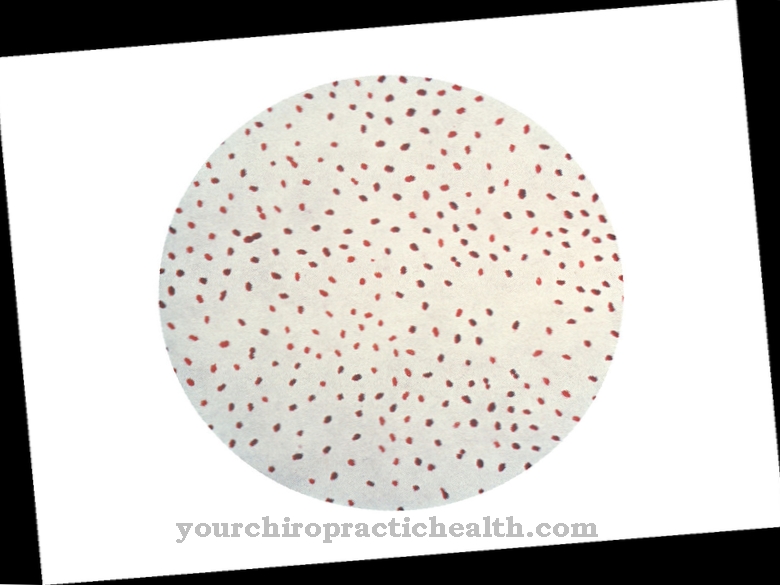






.jpg)
